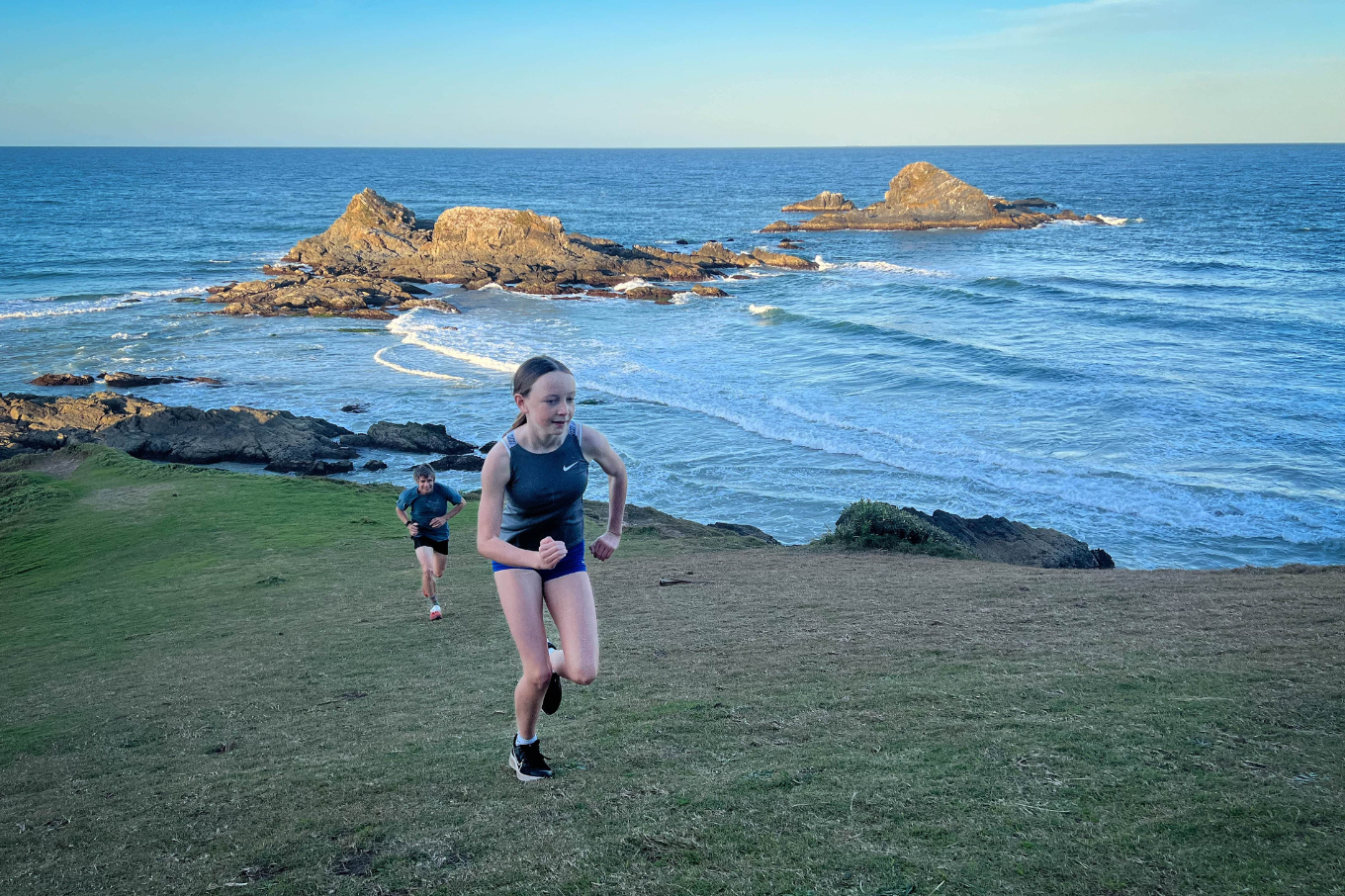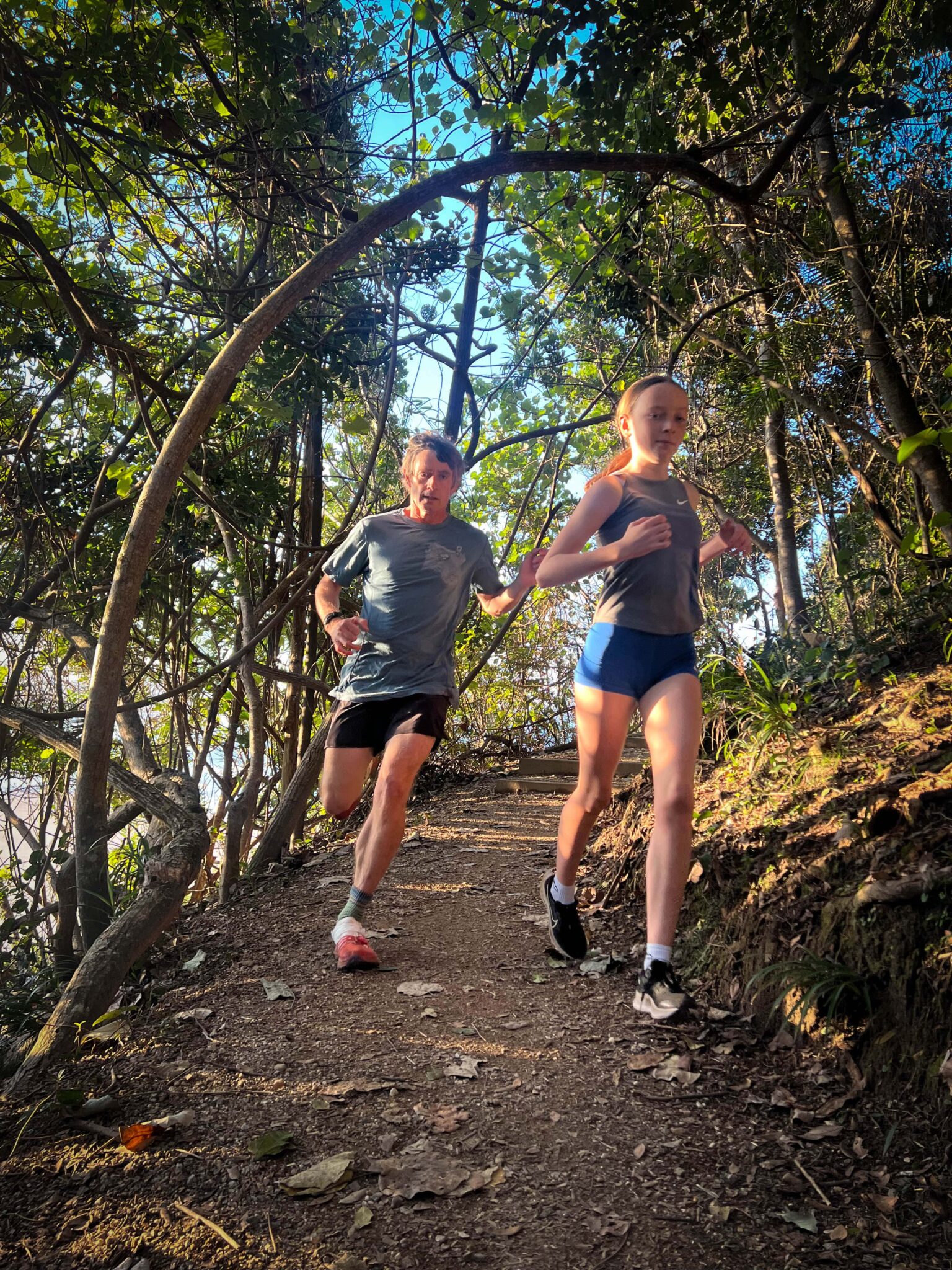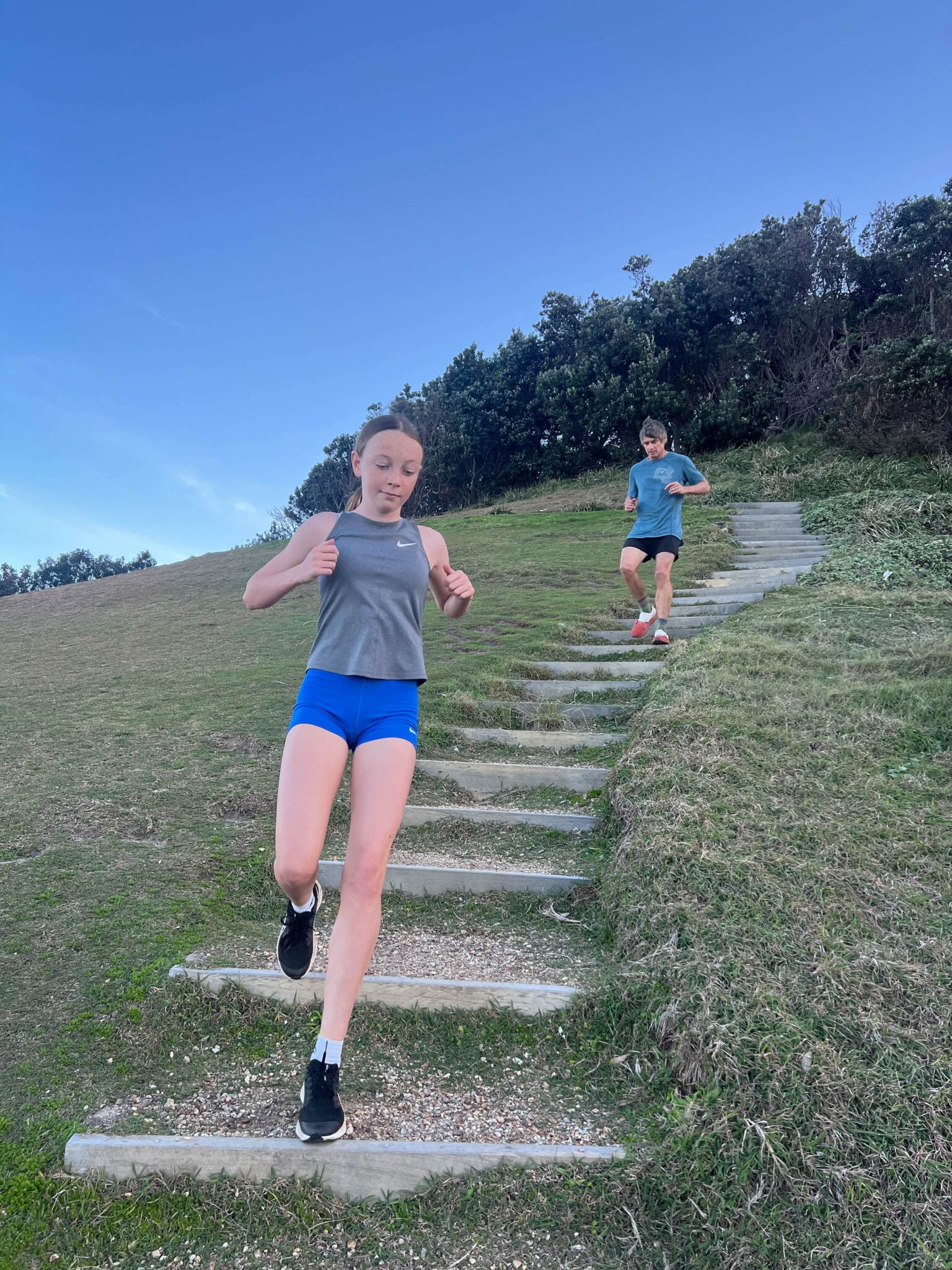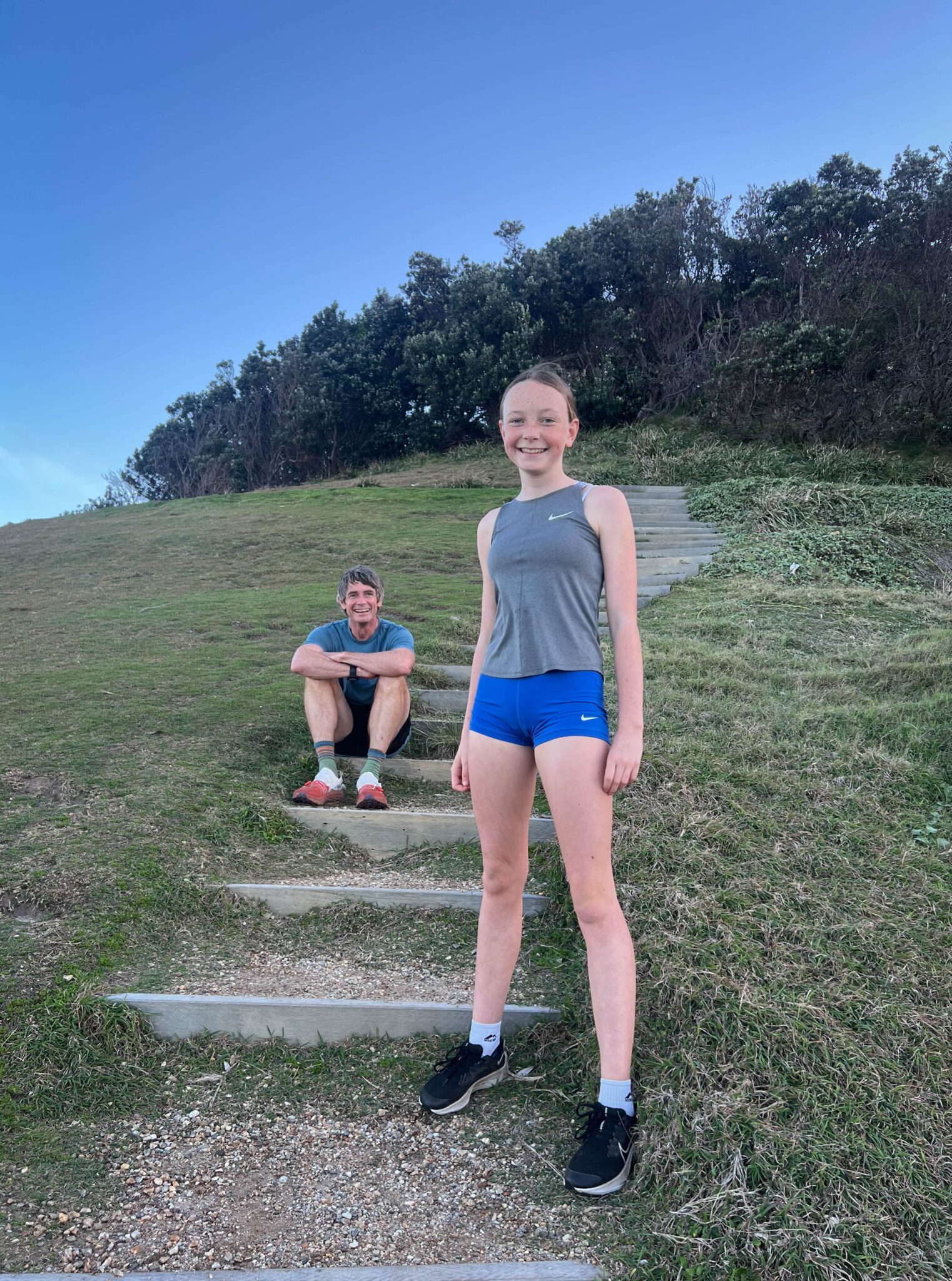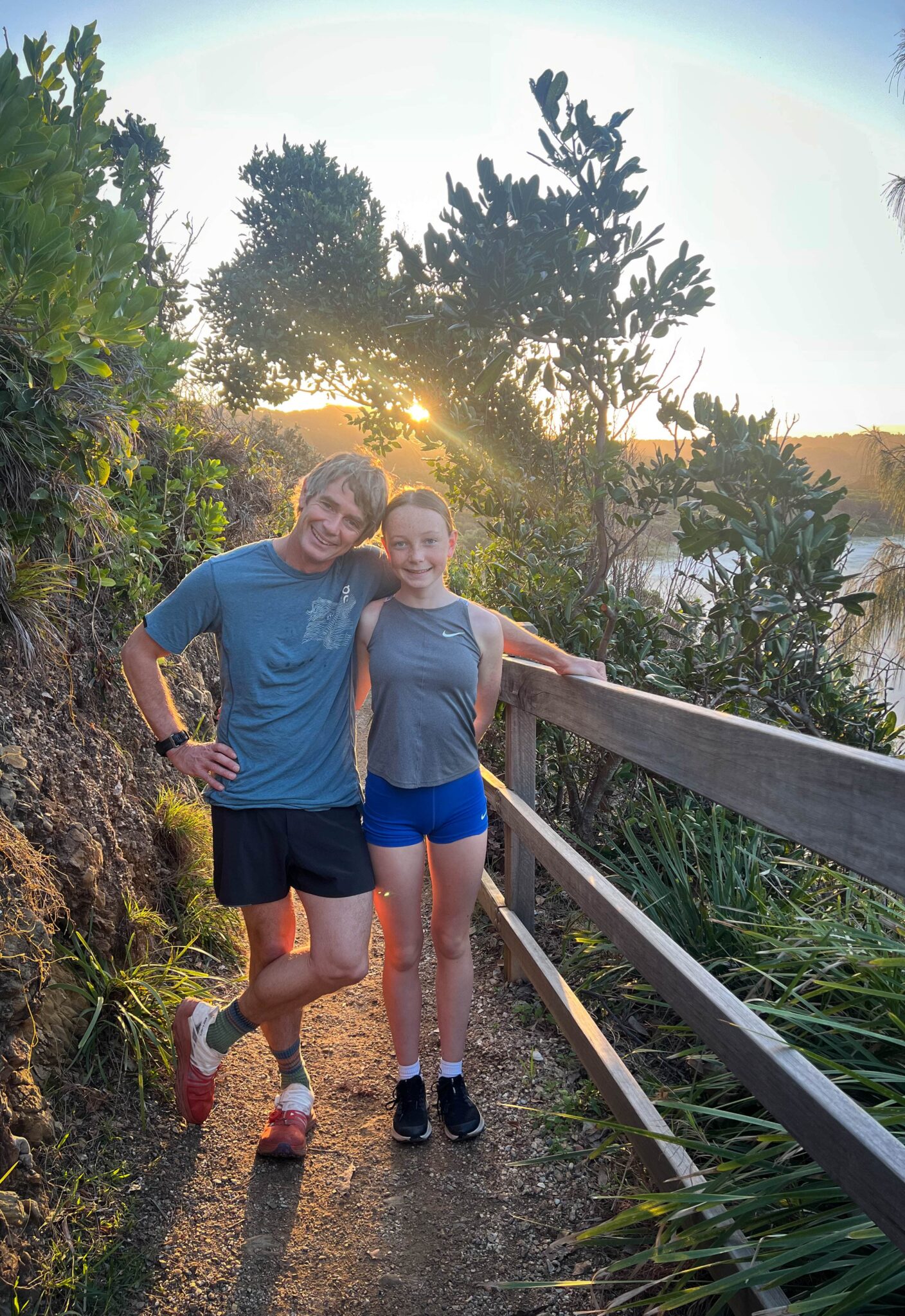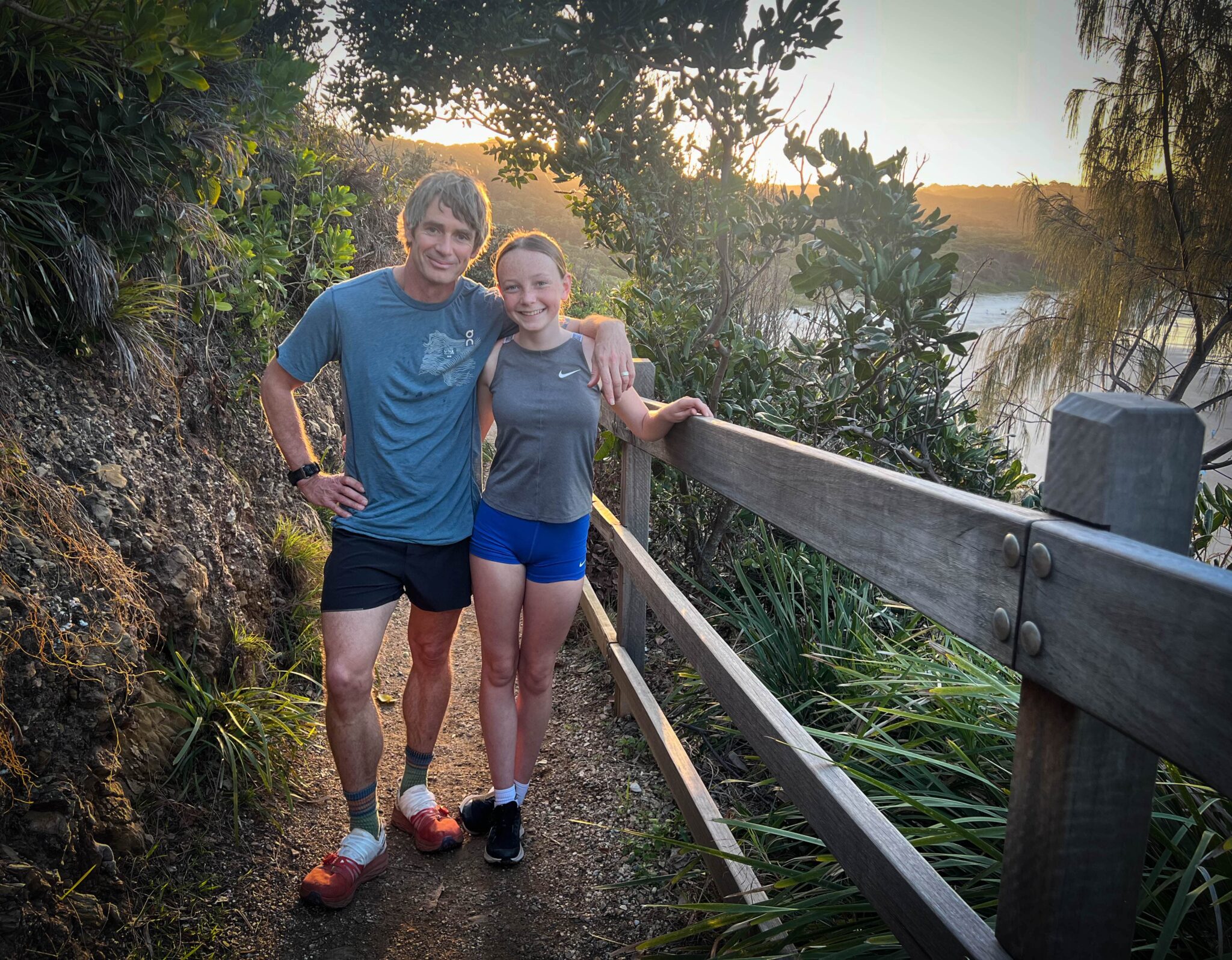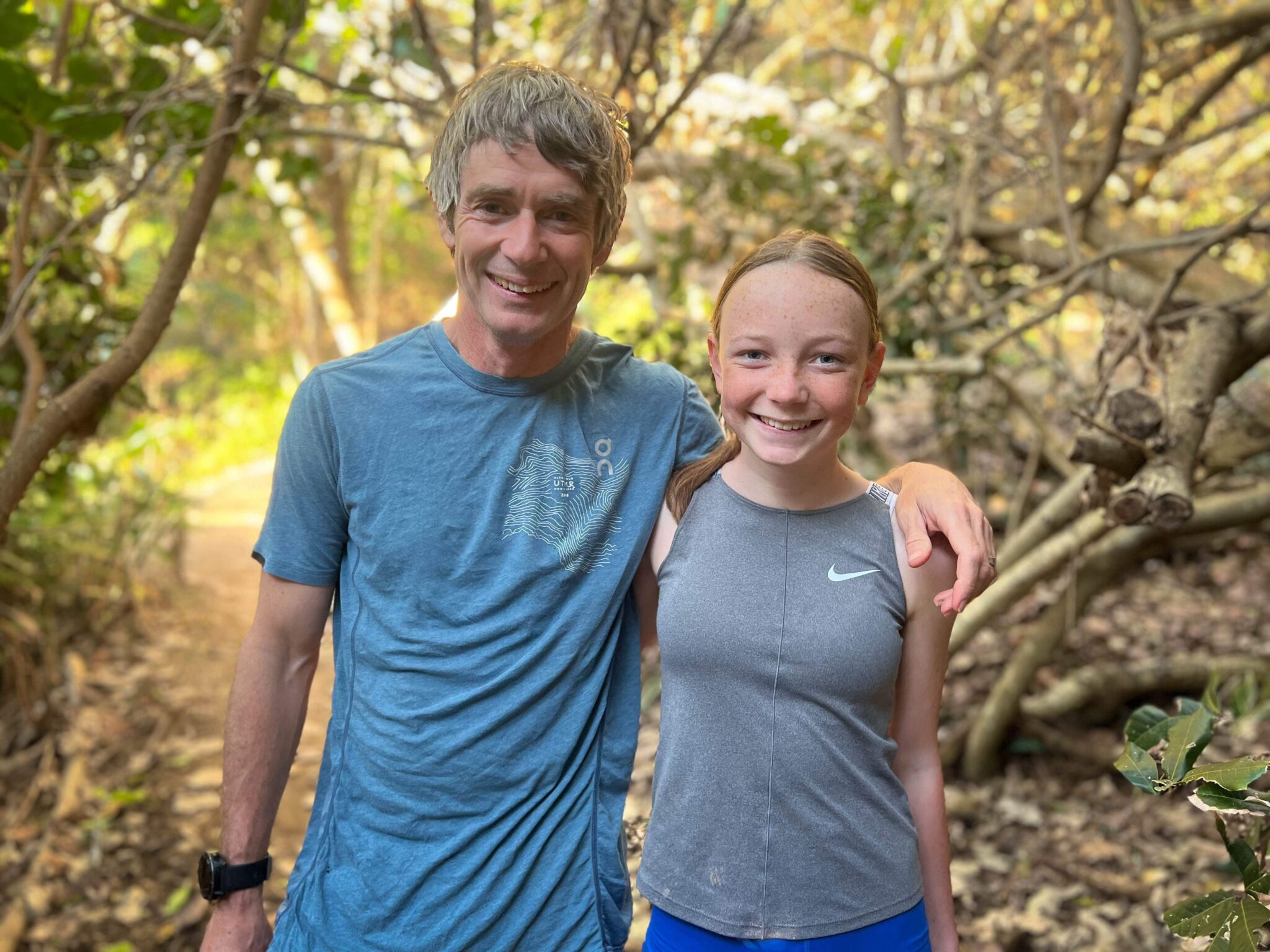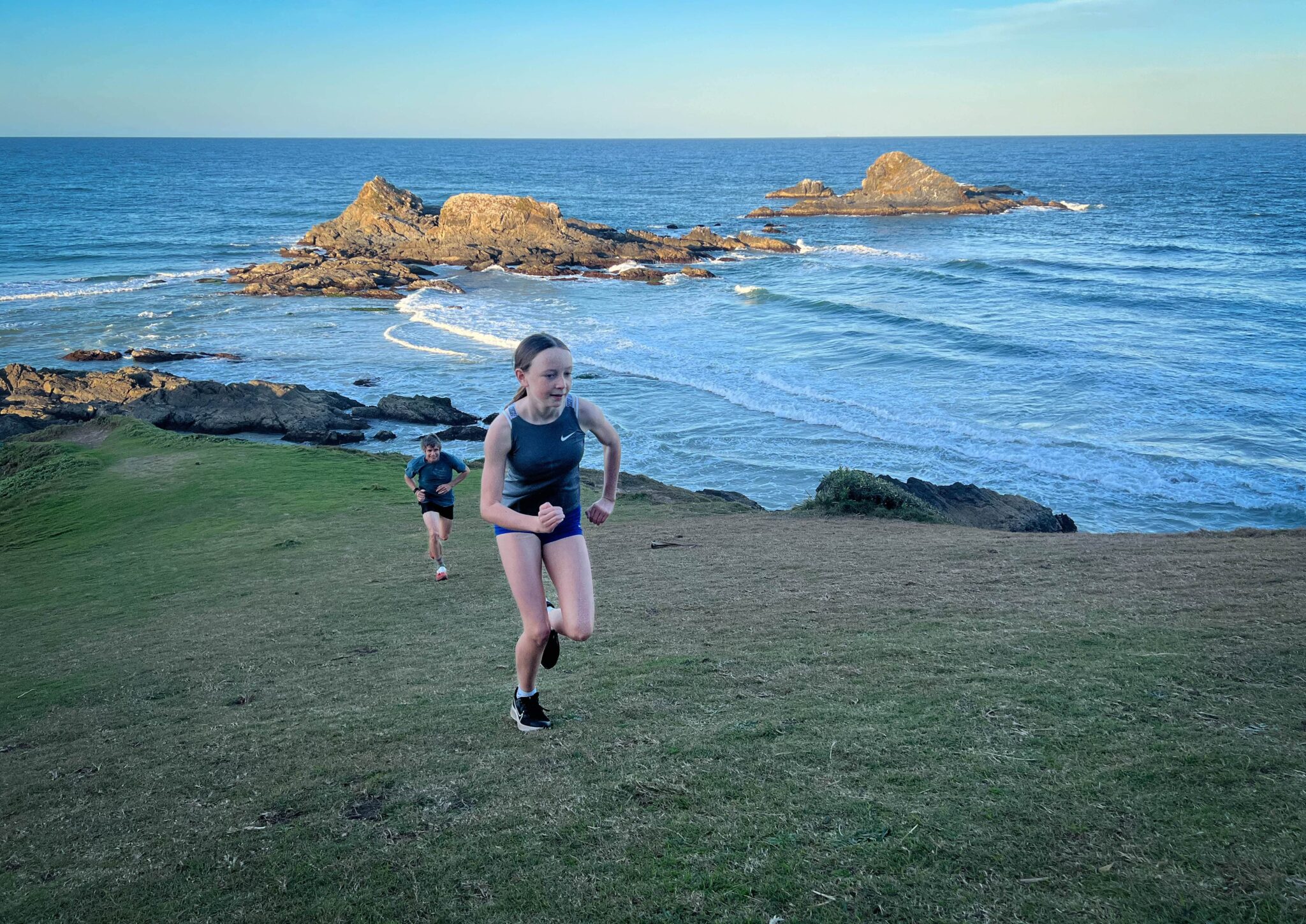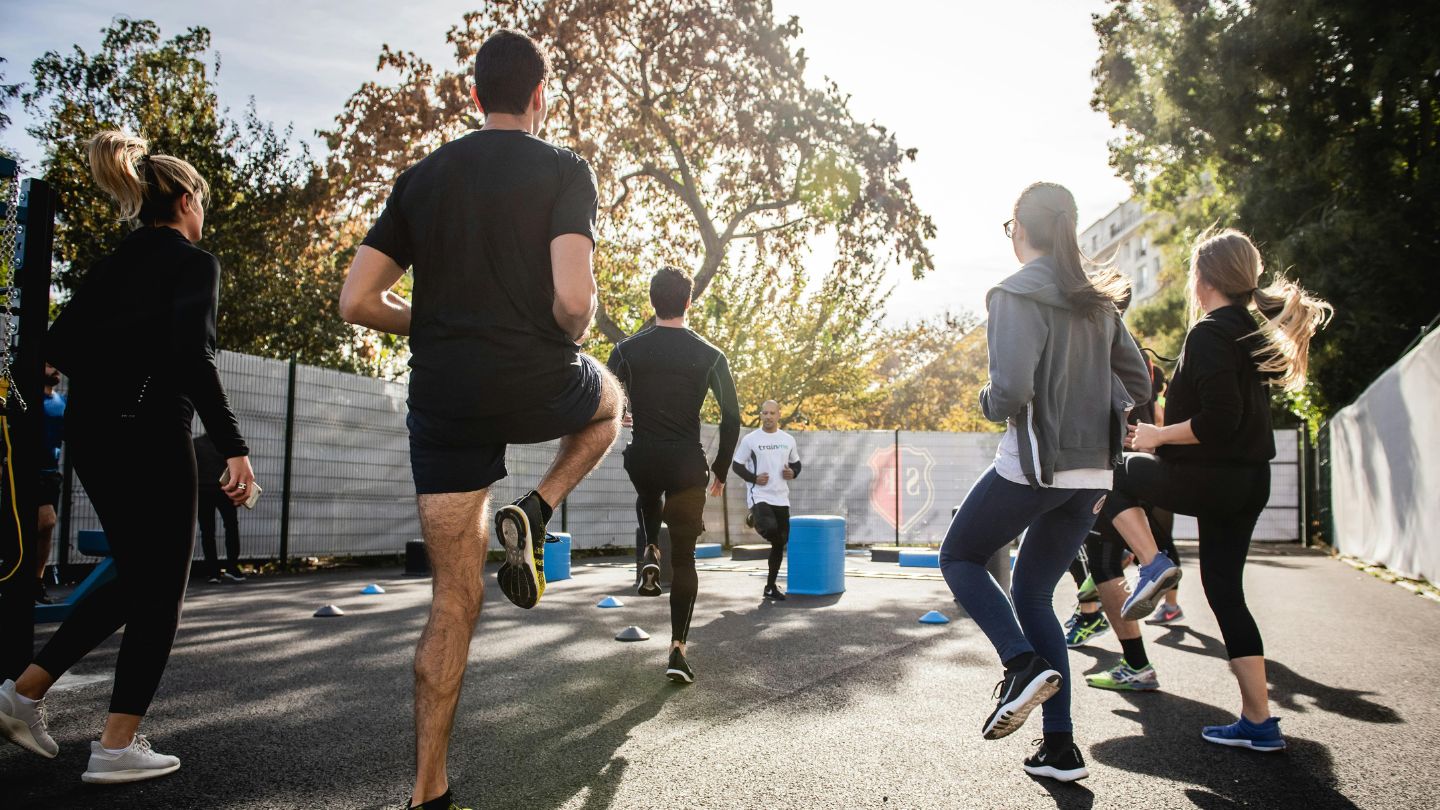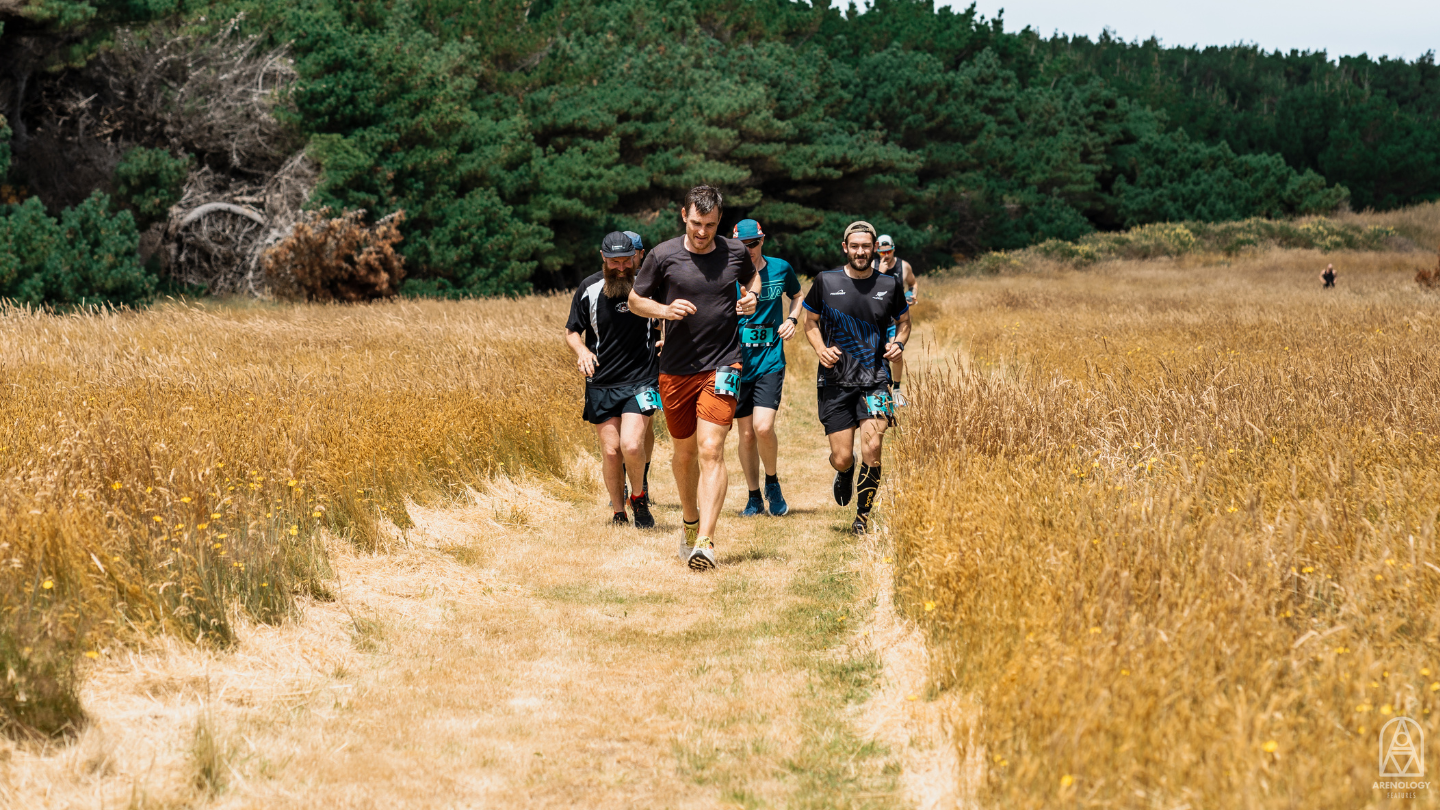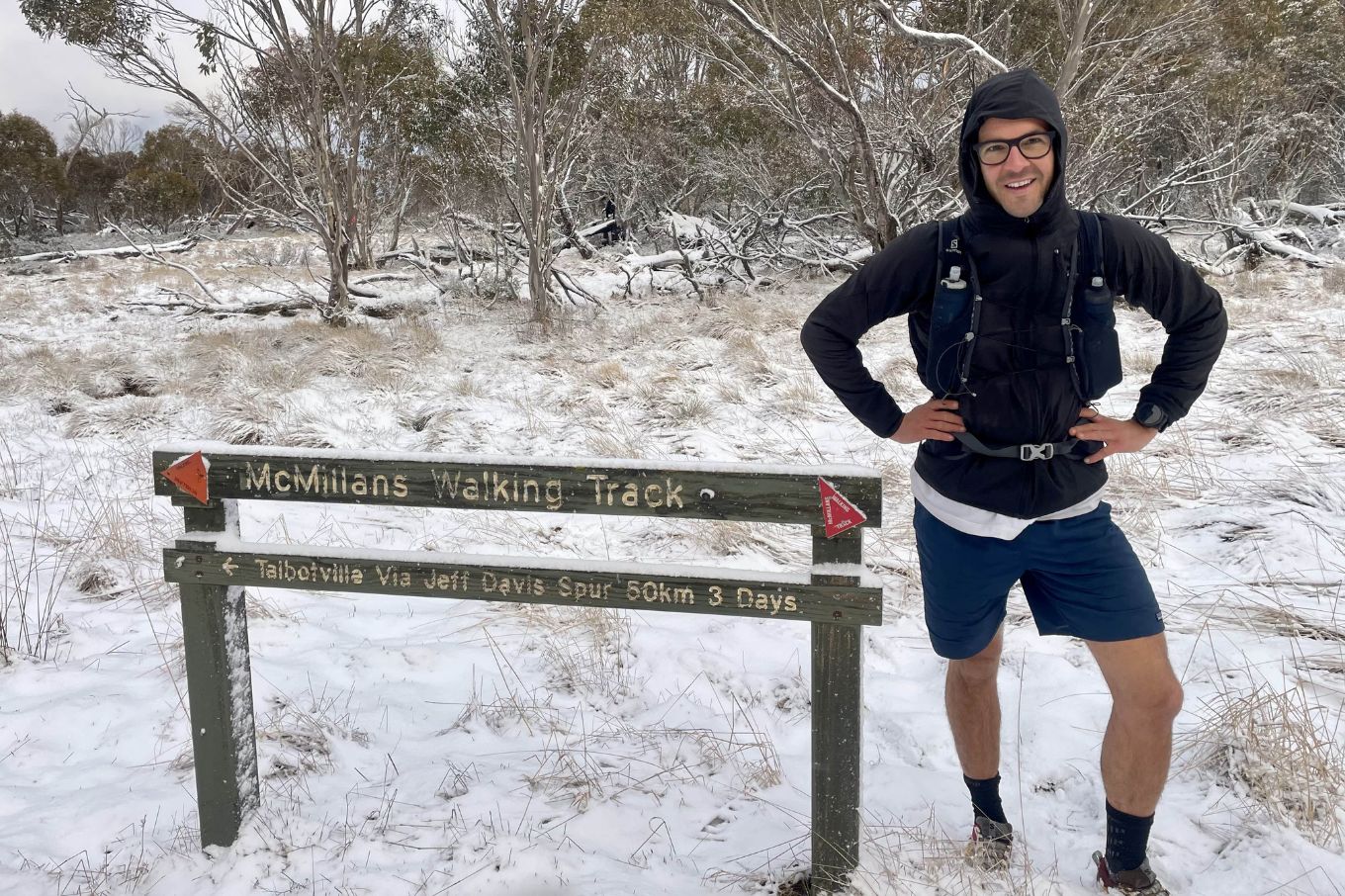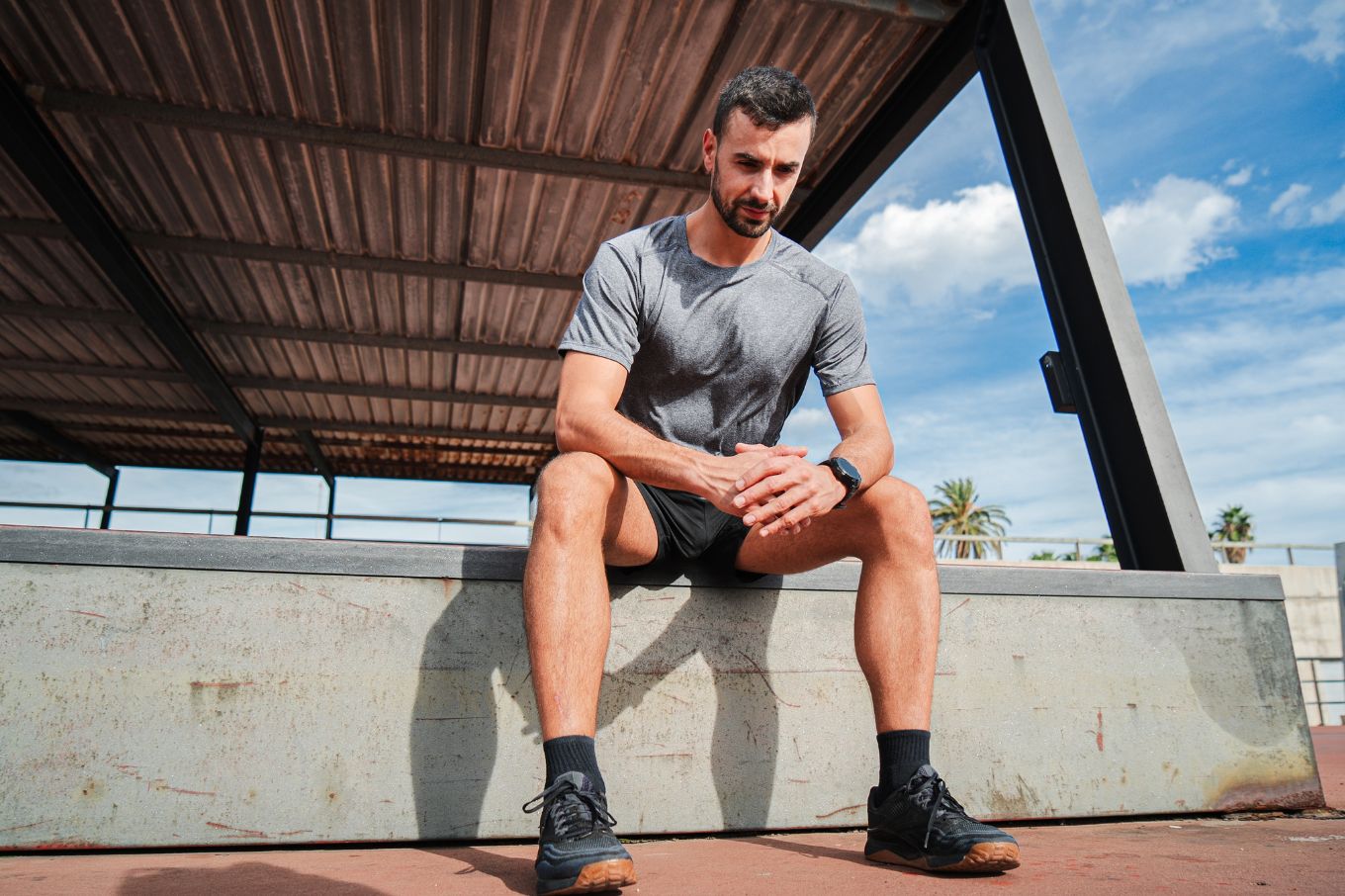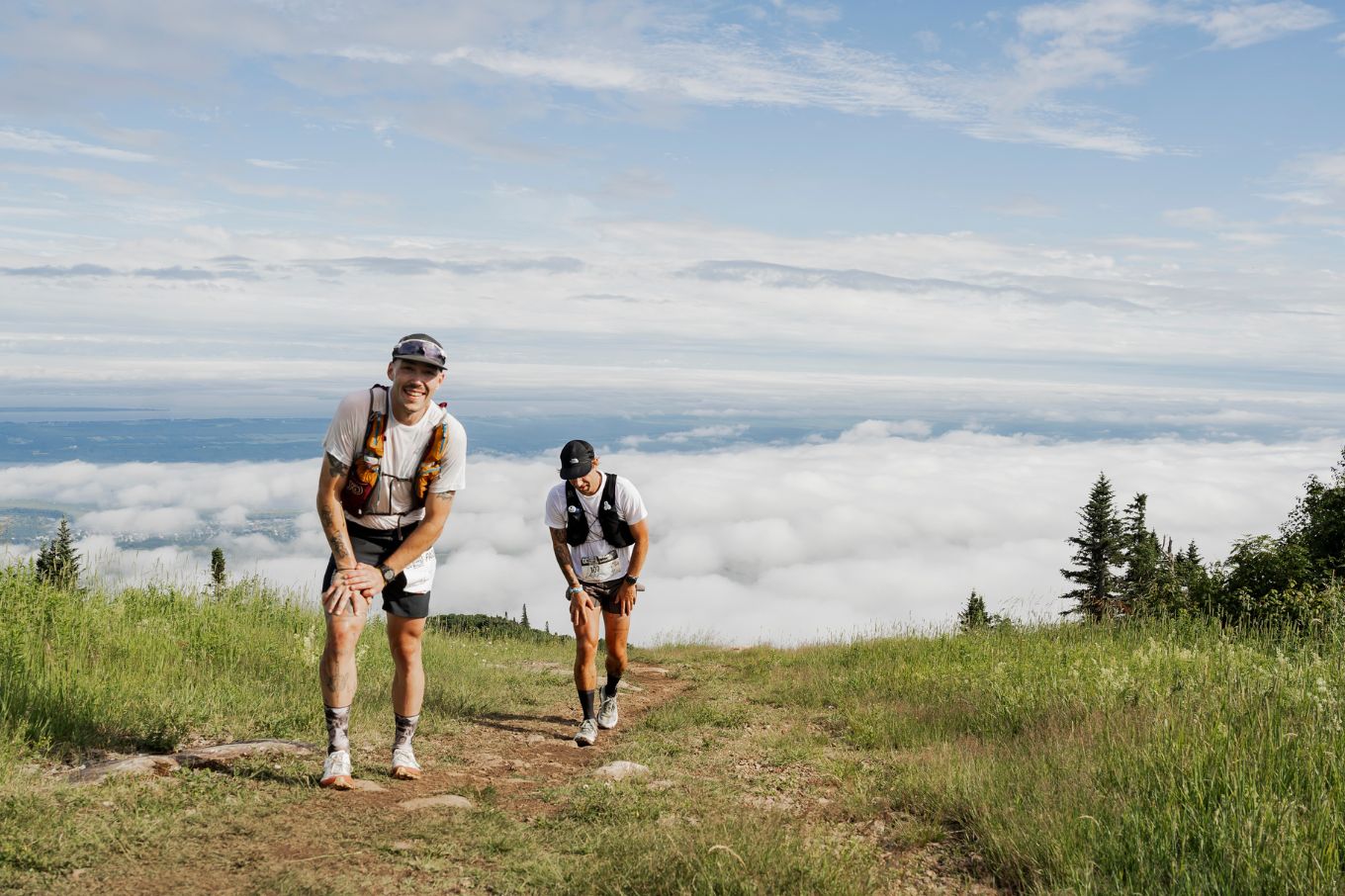Outdoor activities like trail running – our favourite sport – can improve children’s focus and mental health by reducing stress level. Just like in adults. If you’re looking to inspire your children to hit the trails with you, here are 10 practical and safe tips from Samantha Turnbull to turn your love of the sport into a family-friendly adventure every time.
When I first started running, the trails were a peaceful escape from the humdrum of every day life. Trail running still serves that purpose, but it’s also become something joyful that I want to occasionally share with my kids.
So far, I’m not having much luck convincing them that a trot through the bush is more fun than playing video games on the couch…but I live in hope.
Simon Byrne is an endurance ultra coach with the esteemed Mile 27, a high school sports and science teacher, leader of the Byron Bay Runners Club kids’ trail running group The Goats, and a dad of two keen runners.
I asked Simon and his 13-year-old daughter Stella for their tips on how to get kids into trail running, and their answers didn’t disappoint.
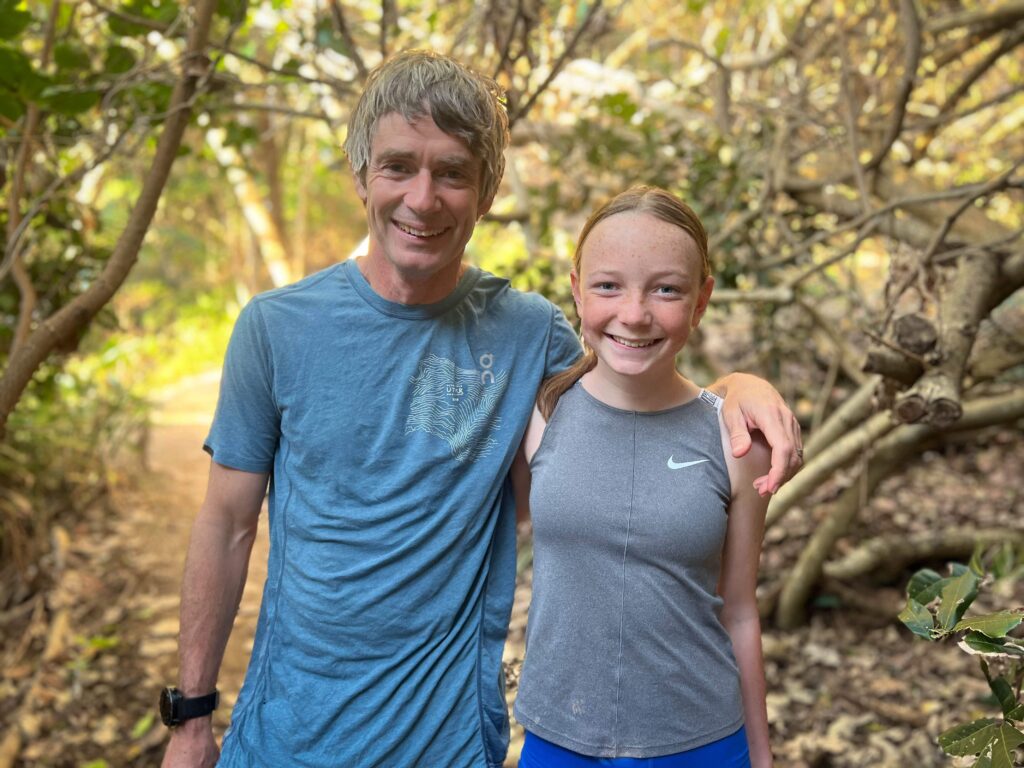
1. Set An Example
Stella says she was inspired to start running after watching her parents, Simon and Chris, and her older brother Sandy.
“My brother did a lot of running when he was younger, I was like ‘that looks like fun, I want to be like him,’” she says.
Simon also remembers being inspired by his parents, who were both runners, when he was growing up in England.
“They did the Great North Run (half-marathon) and I did it when I was about Stella’s age,” he says.
“Dad’s knees were eventually shot but he would go along in the car or on a bike and my siblings and I would run alongside.”
2. Run Together
Stella says her parents also often run with her, which helps with motivation.
“They make sure that I really want to do it,” she says.
“The hardest thing is getting out of the house, but once you do it’s always fun.”
3. Start Small
While Simon loves training adults for ultras, he says children need to keep it short – especially when they’re just starting out.
“Kids don’t need to be running massively long distances when they’re young,” he says.
“Sometimes enthusiasm to impress can be a problem and you need to make sure they don’t ramp it up too much, too soon.”
Stella, who is an accomplished cross country runner, agrees you need to ‘start small’ before gradually working up to longer distances.
“I take it a bit more seriously now with more running, faster times and longer distances, but it wasn’t like that when I first started,” she says.
4. Go Slow
The fear of being too slow can be especially acute in children, but Simon says that’s why the relaxed nature of trail running can be appealing.
“You’re not running around a track against people, you’re given permission to walk up hills – you’d never admit to walking if you were a road runner,” Simon reveals.
Stella explains she’s more concerned with admiring the views than worrying about her pace on the trails.
“It doesn’t really matter if you’re slow as long as you’re taking it all in.”
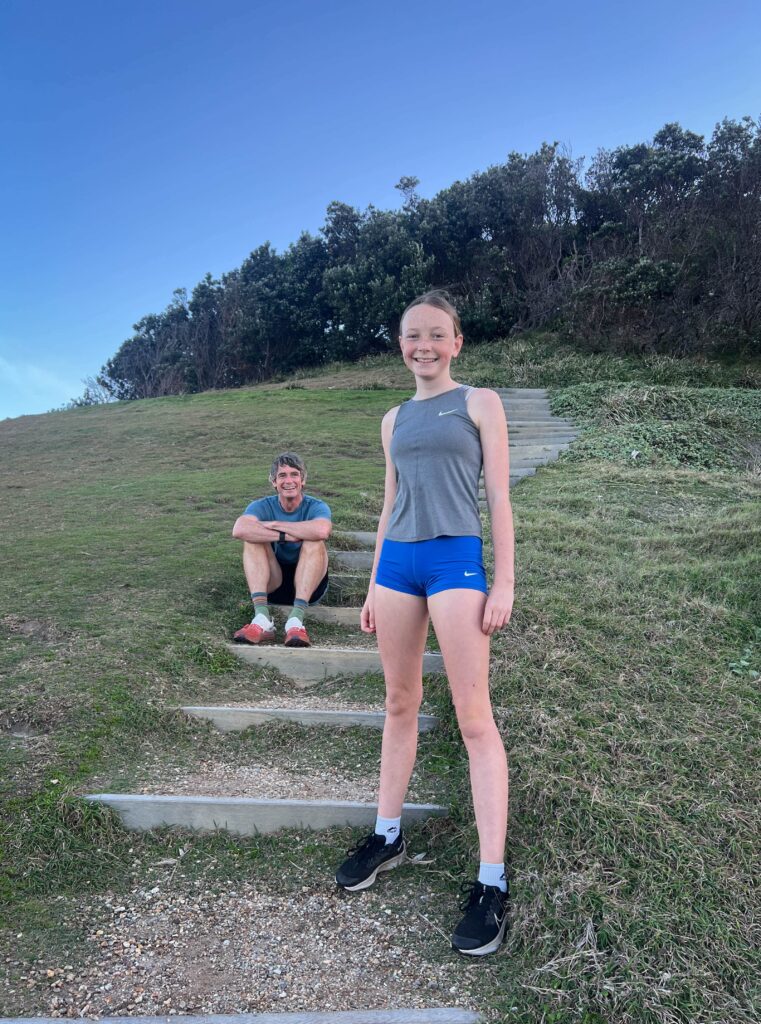
5. Vary The Terrain
Another tip to keep trail running interesting for children is to test out different terrains, with Simon suggesting to potentially avoid long stretches of ‘sameness’ that can become mundane.
“As I got older I realised trails were more soft, more forgiving and holistic across my spectrum of muscles, so I think it’s a more rounded way of approaching knees, hips and movement rather than that consistent persistent landing you get on roads,” he says.
“Now sometimes I also find the beach a bit boring because it can seem like it stretches on forever, and kids might find that too if the terrain isn’t interesting and doesn’t change enough.”
6. Make It An Adventure
Simon and Stella both say children love The Goats because their runs always felt adventurous.
“We wanted to make it an adventure, so we’d find new places, sneaky trails and go exploring,” Simon says.
“The steeper you can make it the more kids love it. Take them to a mountain.”
Stella reveals the adventurous nature of trail running is what makes it fun.
“There are things to jump off, you get to climb things and bounce around more,” she says.
“You see snakes, lizards, bush turkeys and great views. Sometimes it doesn’t really seem like running.”
7. Don’t Call It ‘Training’
Further to making trail running an adventure, Simon and Stella explain it’s a good idea not to call it ‘training.’
“We don’t write a program, it’s just going somewhere and bouncing around and enjoying ourselves,” Simon says.
“Once you start calling it training it feels like a job. If you call it an adventure, before you know it they’re getting fit by accident.
“It’s also a mindfulness activity because you have to think about where your foot’s going, so it sets your mind free from thinking about other stuff.”
8. Join A Running Club
Stella says one of the keys to her love of running has been joining a club. She joined the Byron Bay Runners in her hometown (Byron Bay, NSW) with her family.
Simon says a social running club is an ideal place for kids to try before thinking about hiring a coach.
“A running club is a good idea because it keeps it peer related,” he says.
“Whether or not you should get a coach for your kid all depends – what’s the kid like, what’s their frame of mind? It’s a case by case thing, but a running club is a good start.”

9. No Pressure To Compete
Trail running events will have their own guidelines about children’s participation, but regardless of whether you enter it’s important to remember you don’t have to take events too seriously.
“You can make it competitive if you want to, but if you’re only about winning you’re not doing it for the right reason,” Simon says.
Simon used to run a challenge for his high school students that culminated in a run up Wollumbin (Mt Warning) in northern NSW with an elevation of about 1200 metres.
“During school sport when kids realised they weren’t running against each other and they were just running up and down hills, they liked it because it was challenging but non-competitive,” he says.
“In England, we didn’t really start doing proper athletics until high school – up until then it was non-competitive egg and spoon races…it was good not to be pushed into it too early.”
10. Abandon Expectations
Despite being talented runners, Simon and his wife Chris say they had no plans to make their children follow in their footsteps. In fact, Simon says it was a happy surprise when they discovered their children shared their passion.
“Sandy went in a fun run when he was little and he was a football field ahead of everyone and we thought ‘oh wow, Sandy can run’, then a similar thing happened with Stella,” he says.
“You just don’t know what the kids are going to be like. But as long as they’re having fun, that’s all that matters.”

